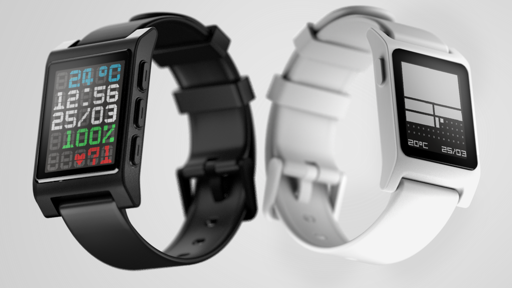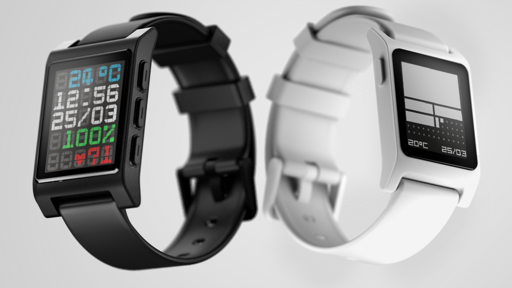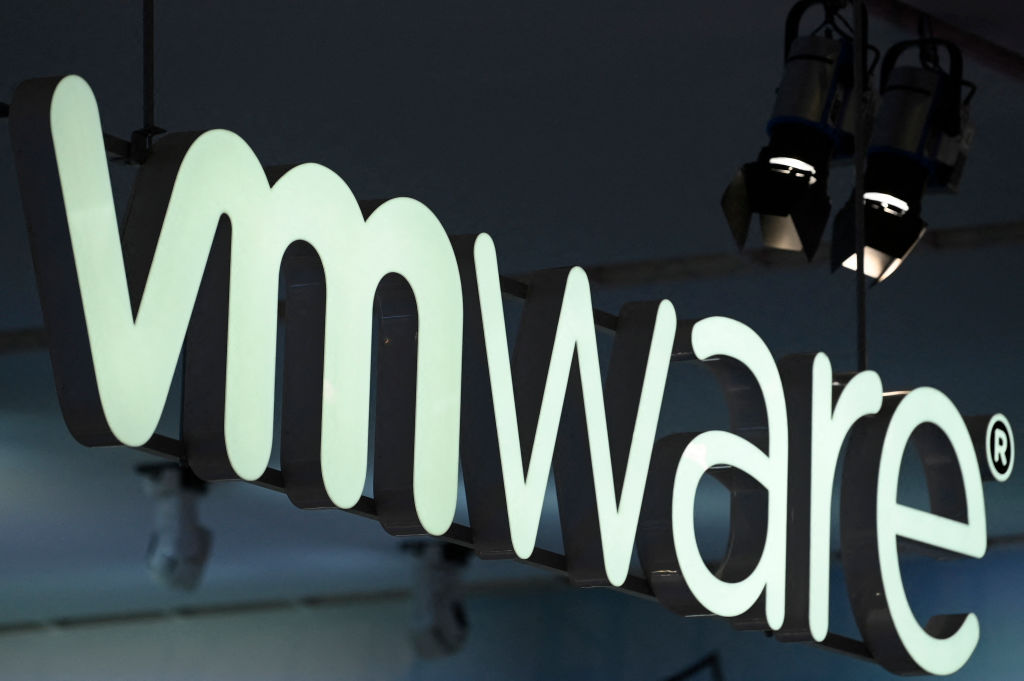Avid Amoeba
- 36 Posts
- 1.98K Comments

 4·11 hours ago
4·11 hours agoDamn that’s not nearly as much as I thought it will be. How’re those spontaneous combustion numbers?

 8·10 hours ago
8·10 hours agoGreat stuff that should make material difference.
The amount of money spent on this race though… 🫨

 2·20 hours ago
2·20 hours agoJust a couple of notches above useless. It’s getting attention which is nice. But if this diverts people from paying attention to Bernie and AOC’s work, it might be worse than useless. Schumer said the caucus is proud of him. That’s not a good sign in my book, given where Schumer is on a set of issues and his recent actions.
Us seniors are gonna have so much work a few years down the road. ☺️
I’m dying 🤣
As a leftist, I oppose far-right development.

 1·2 days ago
1·2 days agoI used to think that too until I grasped how much intellectual labor goes into the process.
I’m educated properly and it takes me a very long time to sift through the mud to stay informed. Some of my friends are educated properly as well and they fall behind / fall for some bullshit because they don’t have the time to do the work. If they spend the time, they figure it out. And that’s the trick, education gives the capability, but one still needs to do the work in order to stay informed. Doing this work requires time available, and a steady mental health. Both of those are actively taken away by the ever increasing cost of living (demands of the system). And most have to do the same work to stay informed.

 3·2 days ago
3·2 days agoIf it got great WiFi reception, that would be a killer.

 5·3 days ago
5·3 days agoYeah, that’s not a sustainable way to keep the majority informed. Most don’t have the availability to do this extra work between jobs and family.

 3·6 days ago
3·6 days agoUSA Today working overtime for its shareholders.

 11·7 days ago
11·7 days agoTranslation:
Big Social is unsurprisingly winning the competition for individuals’ attention.
Wait, I thought you’re French, dad sniffing the Fox from France?

 181·9 days ago
181·9 days agoYeah, that’s all there’s to it, along with pure ignorance. In a past not so ideologically developed life, I’ve written code under Apache 2 because it was “more free.” Understanding licenses, their implications, the ideologies behind them and their socioeconomic effects isn’t trivial. People certainly aren’t born educated in those, and often they reach for the code editor before that.

 9·11 days ago
9·11 days agoSo this sounds like a number they won’t be able to easily cover up.

 4·11 days ago
4·11 days agoTrue but Big Social would have many orders of magnitude more lawsuits to deal with. I guess it might still not matter.
Well, luckily many large Lemmy instances are outside the US. 😂













OMG, for BitMEX of all things?? I expected at least a fossil fuel company of some sort.